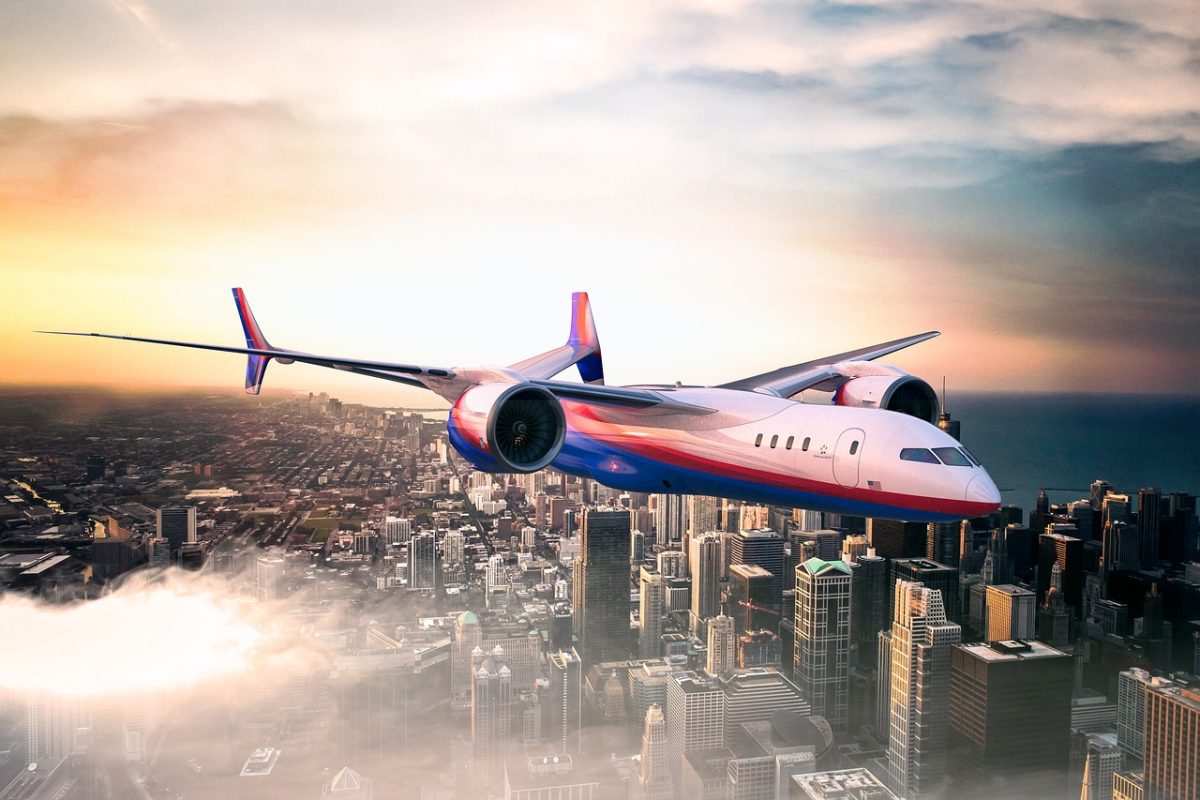
Imagine a near future in which air travel is transformed into a streamlined, efficient and more civilized experience. Ingenious strides in the realm of new air technology is about to change forever, saving us what we all highly value, our time.
Here’s an inside look at the top 5 ways air travel technology will impact our global travel capabilities and guide us through aviation’s golden age.
1. Intelligent Robot Assistants
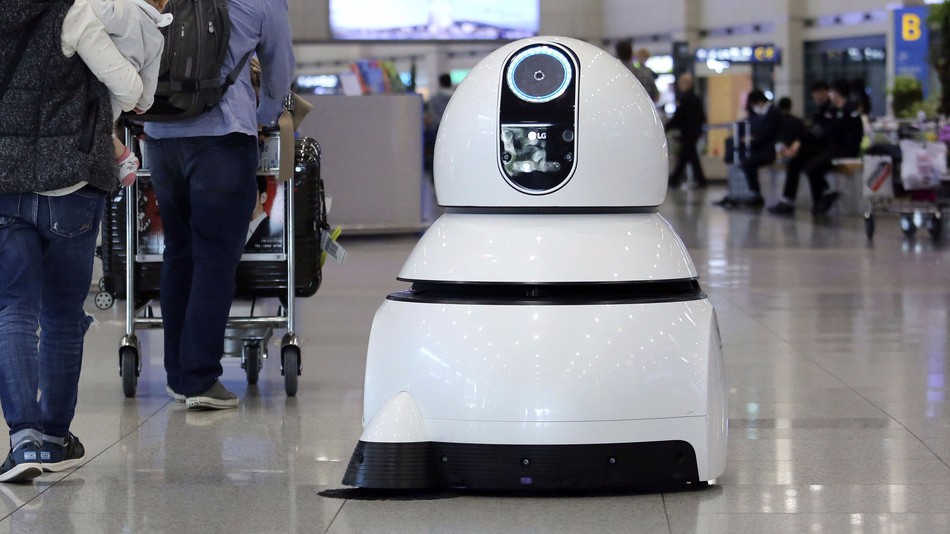
To more easily navigate airports, you’ll begin to notice more robotic helpers at many international airports. With the increasing demand of air travel, these assistants will help you get through the airport crowds and keep tabs of your current gate and flight status.
Your robot assistant will be happy to guide you through the sometimes monotonous time consuming check-in process, including reducing long lines. Don’t be surprised if your new assistant carries your luggage for you as well.
2. Superfast Airplanes
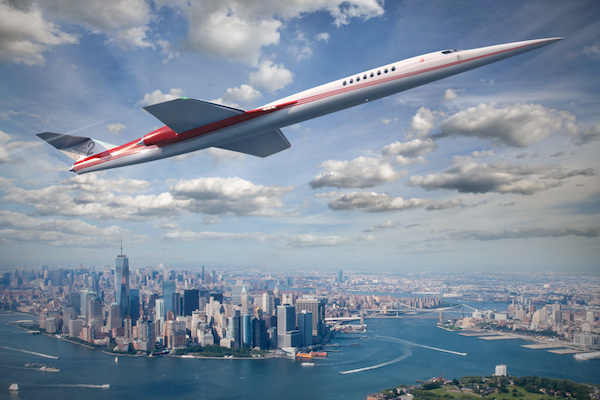
Teleport anyone? Not quite yet, but imagine a flight from Hong Kong to New York City that would typically take about 20 hours, only taking 8 hours.
Commercial supersonic planes will offer fewer delays and will clearly make a difference in what would routinely be an exhaustive flight experience. At the moment, these speed-of-light commercial flights are inaccessible, because of the ear drum-busting noise high these speed aircrafts omit, but new air travel technology is quietly solving the problem.
3. Full Control from your Phone
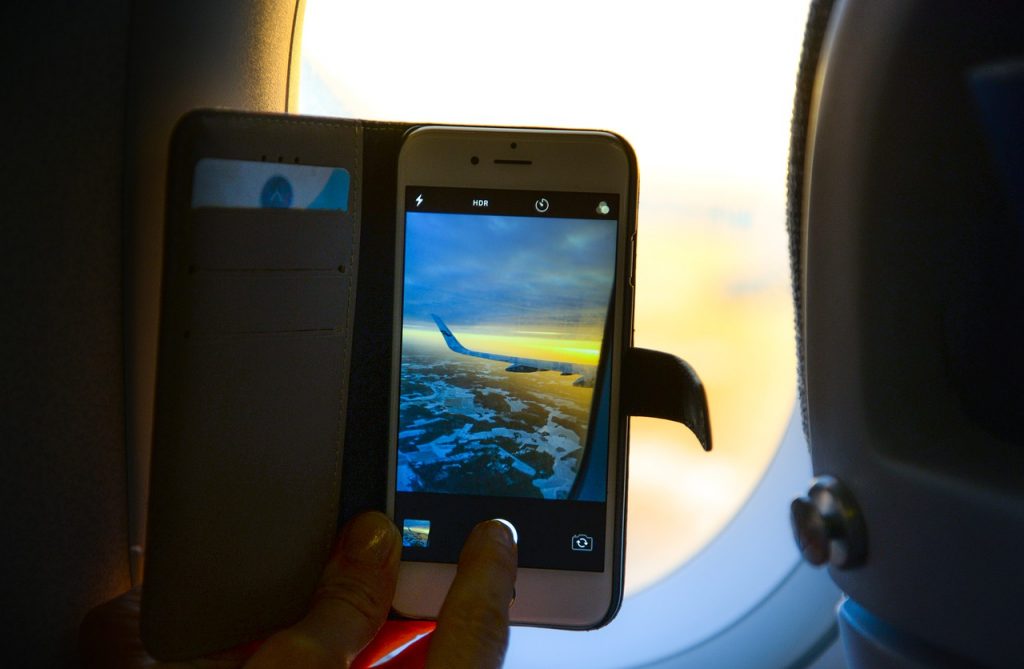
We all like things a certain way, and that’s no different when flying at 30,000 feet. With a new technology called the Internet of Things, we’ll be able to use our phone to adjust lighting, the incline of seats and many other innovative in-flight aspects. The clever Internet of Things technology will even allow you to track down your luggage using your phone.
4. Face Recognition and Biometrics
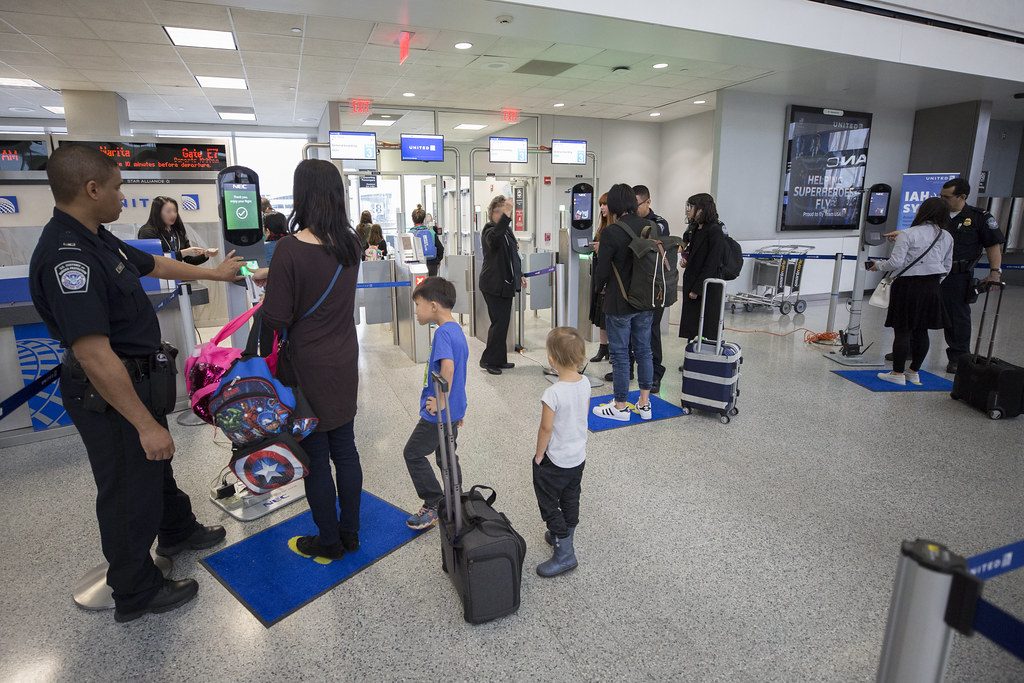
No more paper, just smile and show your face. Biometrics is on the way to unapologetically replace the once-necessity for manual identity checks. No more never-ending lines at check-in, tax-free stores or boarding gates.
When biometrics is introduced to airports, the long waits will be a distant memory from airports past. Would you like to simply pass all check points and be granted entry into an aircraft without ever having to show your passport and boarding pass? This advanced recognition know-how will make it possible.
5. Safety and Affordability through Full Automation
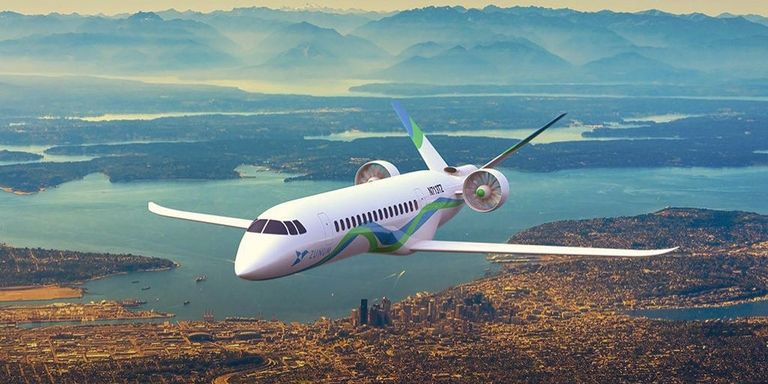
Increased safety, less expensive airfare, safer air-route planning and more precise ETA’s, that’s what to expect as the commercial air travel industry shifts over to a more secured automated cockpit.
Though there are aspects of partial automation in today’s aviation industry, it’s fairly basic and still needs human pilots to be in control.
In consensus, the world’s airlines and plane manufactures support a switch to full automation, with the main reason for support being the notable upgrades in safety. Human error remains the main cause for aircraft accidents and new computerized mechanical systems will help to solve these mistakes.
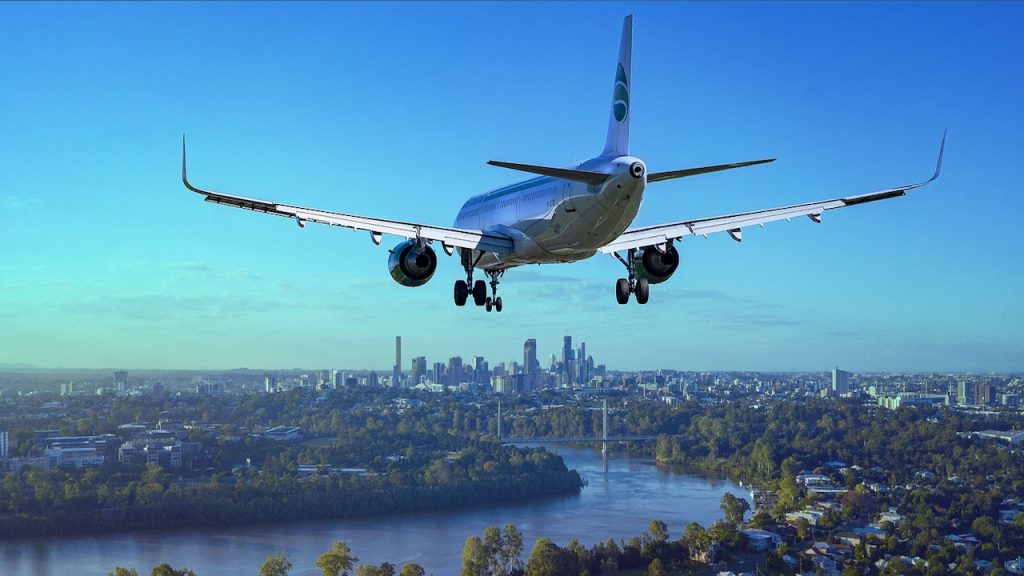
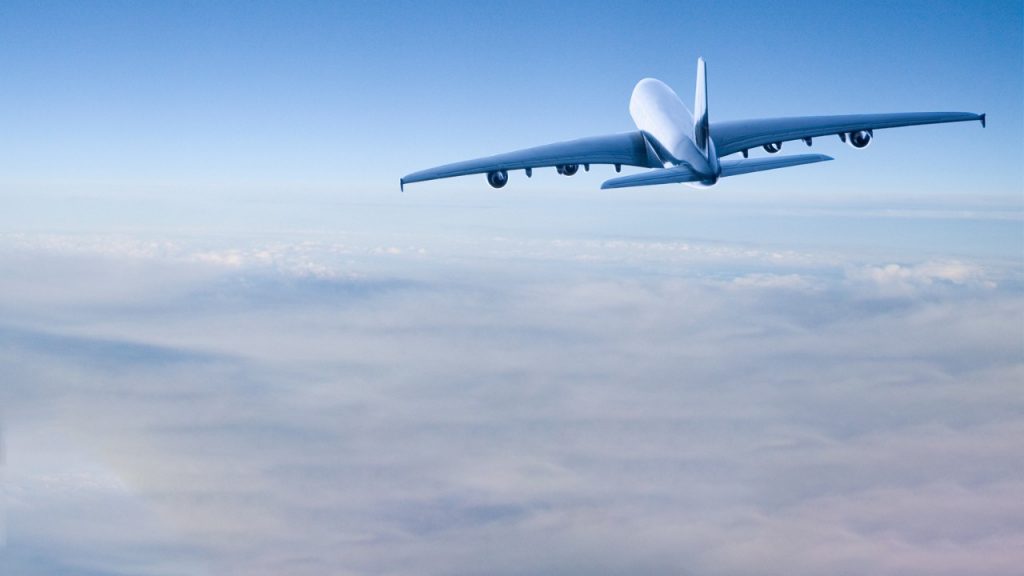
Smaller private aircraft will adopt full automation sooner than large commercial airplanes, because of the time and money involved with scaling the process. Though it will take time to educate the public and ensure the safety and economic benefits, experts believe full automation will soon become reality.

